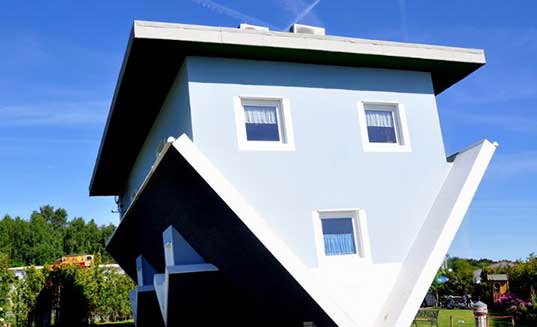
This article continues our real estate investment series, Flip vs. Hold: What a Property Can Tell You. Click here to read the first part.
What Is My Debt Coverage Ratio?
The third question you should ask yourself is whether your potential rental property will cash flow. This is why you must understand what the debt coverage ratio is. The debt coverage ratio (DCR) measures the landlord’s ability to make monthly mortgage payments from the income generated from renting that property. It tells you whether a rental property will generate enough cash to pay its expenses. Ultimately, it helps you decide if the property is an appropriate candidate to be a part of your real estate portfolio.
You can calculate the DCR by dividing the property’s annual net operating income (NOI) by a property’s annual debt service. Annual net operating income is the yearly total of the rents you are to receive. Annual debt service is the total of your mortgage payments (i.e. the principal and accrued interests). If you make $10,000 in rent payments a year and you pay $10,000 in mortgage payments a year, your DCR is 1. The most basic rule of thumb is to keep your DCR no lower than 1.25%. The surplus between your rental income and your mortgage expenses will cover your property’s taxes, homeowner’s insurance, and routine maintenance. Ideally, it would cover a month or so of vacancy between tenants when no rent is coming in.
A DCR ratio at or above 1.25% is necessary to ensure the soundness of your long-term real estate investment. The Washington DC area is expensive, but even high rents are often not enough to pay for everything. This is why you’ve got to keep your eyes peeled on properties sold below market. However, the beauty of buy-and-hold vs. flipping is that you don’t need them to be quite as discounted to make financial sense.
Is This Property Located in a Neighborhood That Is Stable or Poised For Growth?
Another aspect that you must keep in mind is the location of your potential long-term real estate investment property. As a hard money lender in Maryland, I am the first to advise my clients to disregard any appreciation when estimating their flip’s profit potential. Even if they are lucky to snatch a property in the rapidly appreciating neighborhood such as the Inner Harbor area, their time horizon is way too short to benefit from any price increases. However, the long-term trends are more important if you intend to keep the property for years to come.
Your property’s location affects not only its future value (and your future wealth) but also the type of tenant you can get. Obviously, any landlord hopes for a tenant who makes timely rent payments and treats the property respectfully. The more stable the neighborhood is, the easier it is to find such tenants. Less prosperous neighborhoods might offer a better debt coverage ratio, but you must be more careful when selecting tenants. Chances are you will also spend more time managing them and collecting on rents.
How Close Is This Real Estate Investment Property To Me?
The neighborhood your investment property is located in is important for another reason. I personally try to avoid buying rental properties that are far away from my home. You’ve got to simplify your life or at least try to arrange it in a practical way. If your rental property is an hour away from you, it will take you at least two and a half hours to check on a simple issue there. Time is money, and a rental property near your home is worth more to you personally than a similar property 30 miles away. Staying local is a smart idea, especially in the early stages of building your real estate investment portfolio.
 New Funding Resources
New Funding Resources 





Leave a Reply